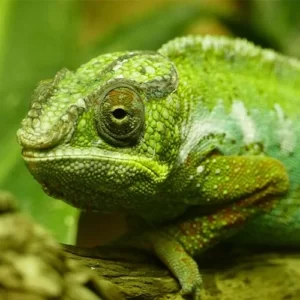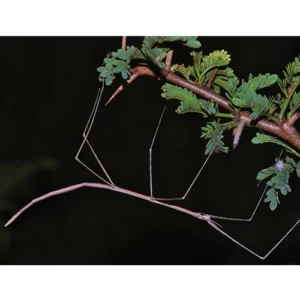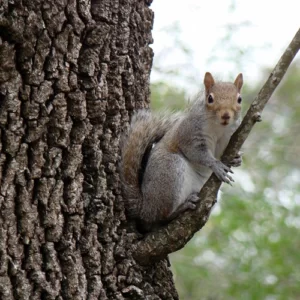Are you looking for a reliable source of answers for the Adaptation Flocabulary Quiz, Read & Respond? You’ve come to the right place!
We have a team of teachers who have checked and verified the correct answers for all the questions. You can trust our expertise and save time by using our answers key.
Flocabulary Adaptation Quiz Answers Key
- True
- False
- to become better at getting food
- to protect themselves against other animals
- to become better able to survive in their surroundings
- all of the above
- It helps them store more food and water.
- It helps them blend into their environment so other animals can’t attack them.
- It helps keeps them cool in a hot climate.
- It makes them look dangerous to other animals.
- Cows have incisors.
- Cactuses have thick stems.
- A porcupine has sharp quills.
- Hummingbirds have long, skinny beaks.
- They’re covered in spikes.
- They have thick, pleated stems.
- They have big, waxy leaves.
- They’re camouflaged.
- Lions need to blend in with their surroundings, but cows don’t.
- Lions need to crush bones, but cows eat meat.
- Lions are herbivores, but cows are carnivores.
- Lions need to tear into meat, but cows eat grass.
- Squirrels are the colors of the trees they live in.
- Pelicans have big beaks.
- Cactuses are covered in spikes.
- Rainforest plants have waxy leaves.
- They change color to match their environment.
- They have venomous spines.
- They have sharp pincers.
- They’re flat.
- because rainforest plants are only raised in zoos
- because in a rainforest environment, adaptation can happen overnight
- because rainforest plants and desert plants need to store the same amount of water
- because the rainforest environment is different than the desert environment
Flocabulary Adaptation Read & Respond Answers
Expand your knowledge by exploring the Read & Respond answers related to the topic of our Subject:
- penguins growing beaks and wings overnight
- birds eating breakfast, lunch and dinner everyday
- polar bears’ fur turning white over many years
- dogs getting sent to the groomer to be washed
- Some plants can “feel” and respond to things in the world.
- Venus flytraps are the only plants to have brains.
- All plants have the same nervous systems as humans.
- Plants always shake and move after their leaves are touched.
- store water in its pleats.
- shoot spikes at animals.
- only live up to 70 years.
- grow branches immediately.
- A plant is the same color as a grasshopper, helping the grasshopper blend in.
- A species of butterfly lays its eggs on the leaves of a particular tree.
- A plant dies if it doesn’t get enough water.
- A plant gives off a smell that attracts nearby insects, which it then eats.
- Humans would have to stop eating cows and start eating wolves.
- Over hundreds of thousands of years, cows would develop canine teeth and large molars.
- Cows would immediately become better suited to survive in their current environments.
- Over hundreds of thousands of years, wolves would start eating only plants, no meat.
- woodpeckers with feet to perch on bark
- cactuses with water storage sacks
- an insect that looks like a twig
- none of the above
Are you interested in delving into additional subjects and Lessons related to Flocabulary? Check Here To Get All Flocabulary Answers Key.
If you have any questions or need more answers key for your favorite subject, please leave a comment below or contact us through our website. We would love to hear from you and assist you in your learning journey.





